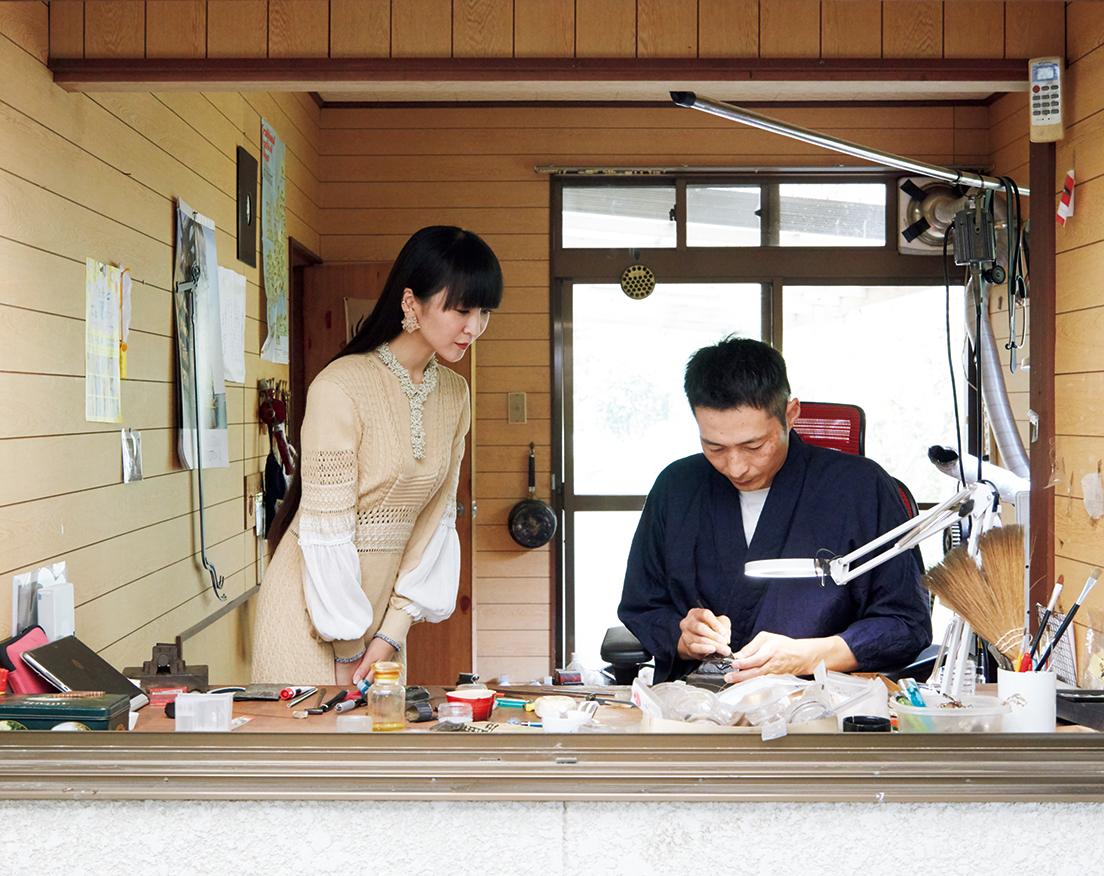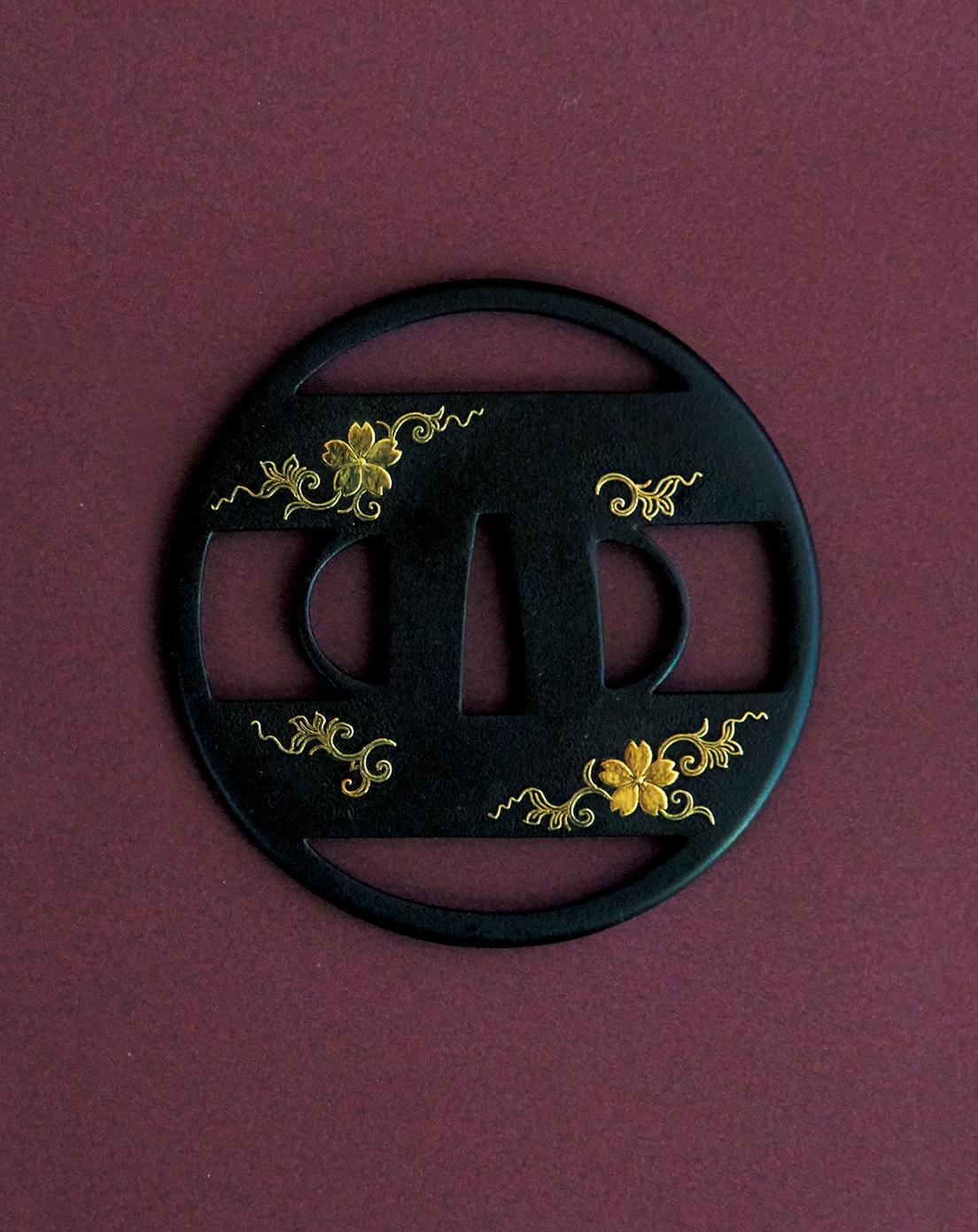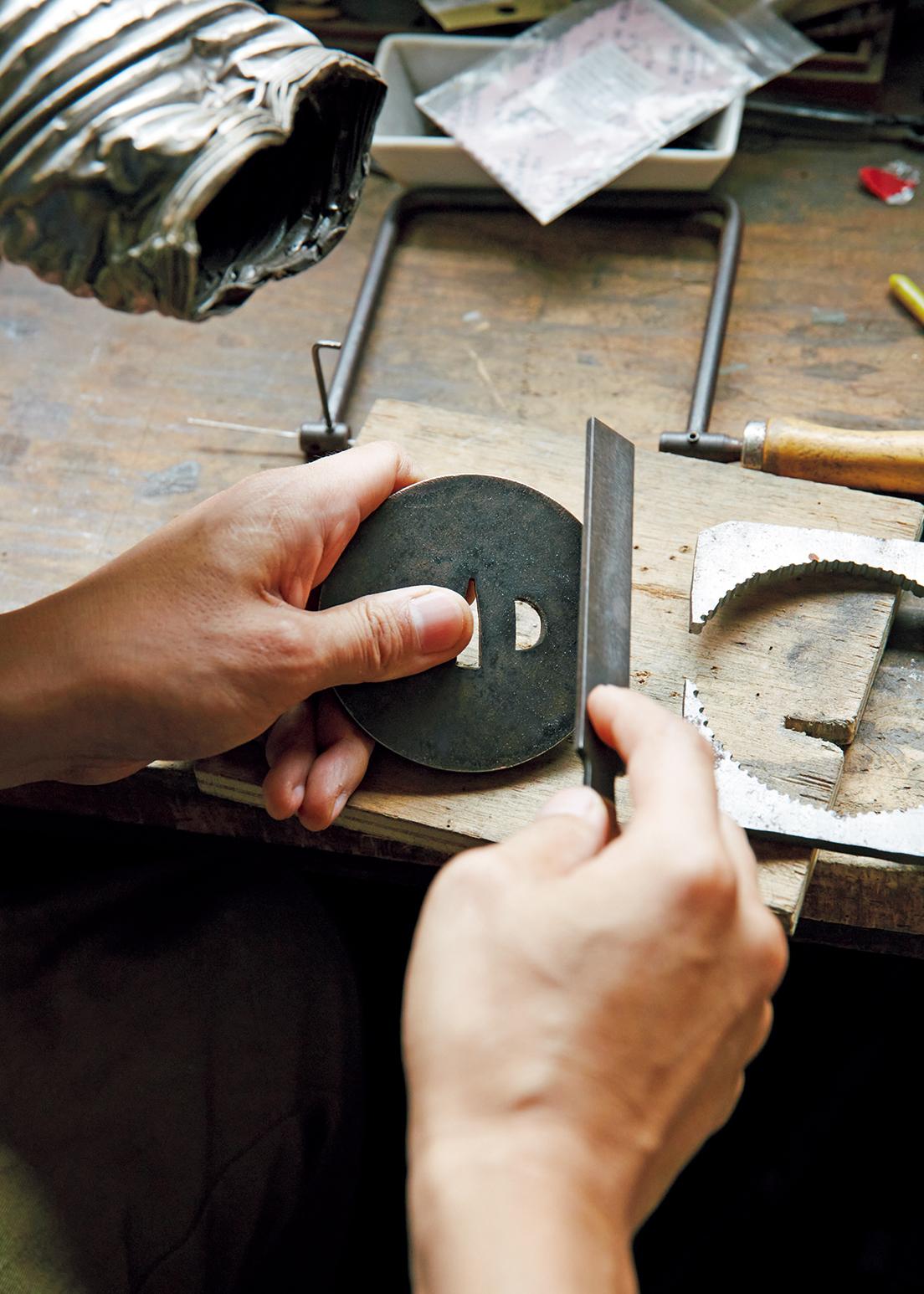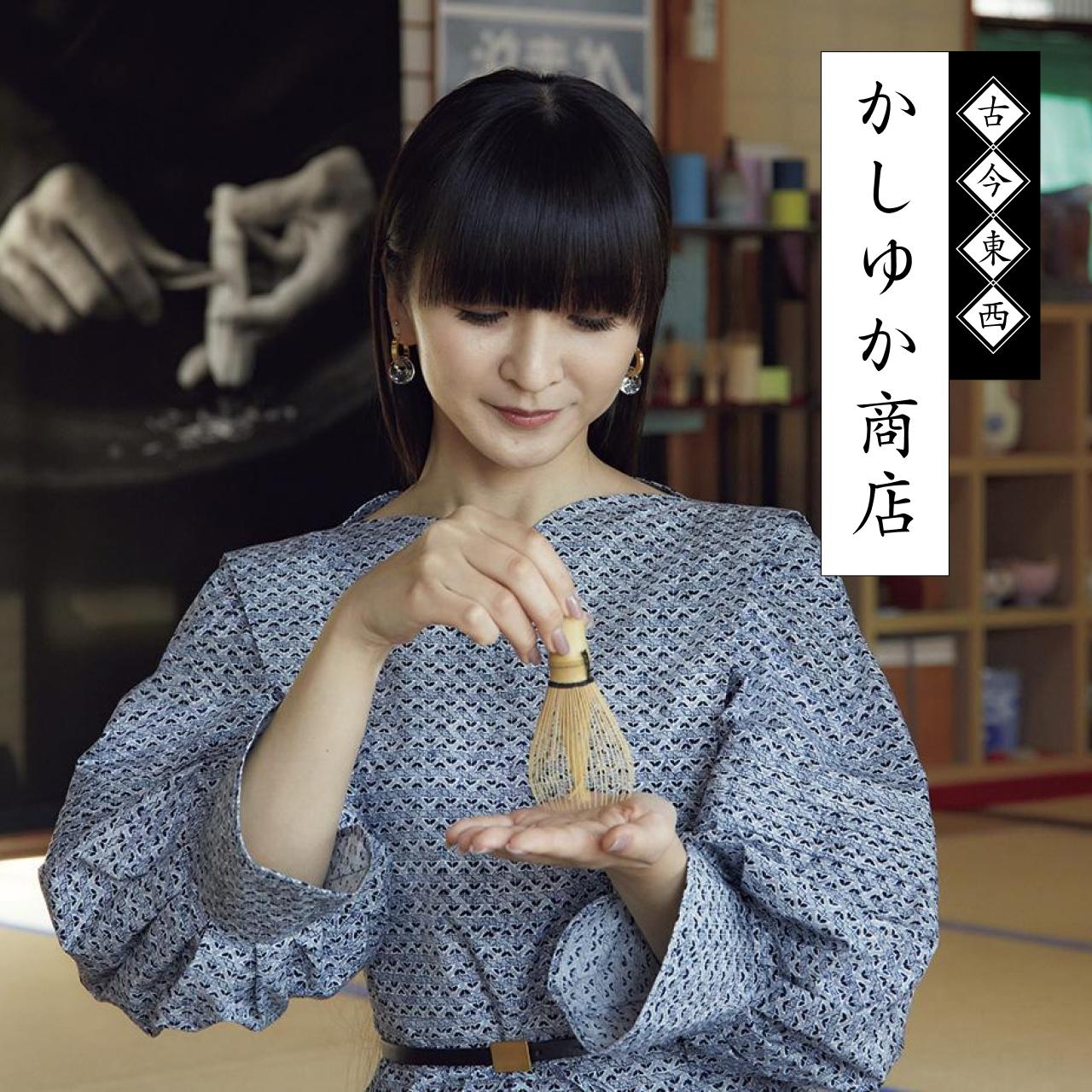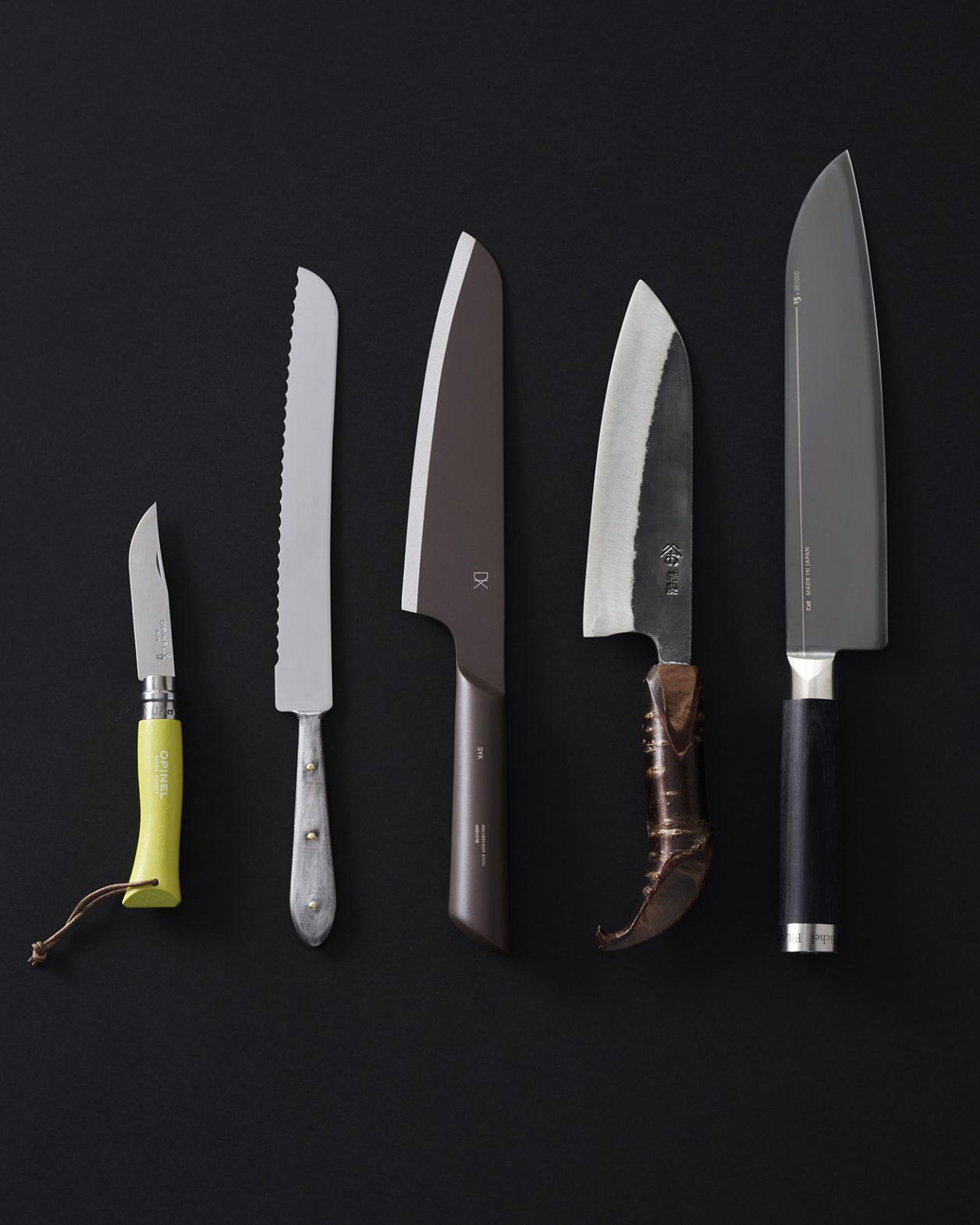DESIGN
Kokontozai: KASHIYUKA’s Shop of Japanese Arts and Crafts /[HIGO ZOGAN]
『カーサ ブルータス』2021年9月号より
| Design | KASHIYUKA’s Shop of Japanese Arts and Crafts | photo_Keisuke Fukamizu hair & make-up_Masako Osuga editor_Masae Wako translation_ Mika Yoshida & David G. Imber
Searching all of Japan for handcrafted items that express its heart and soul, our proprietor, KASHIYUKA, presents things that bring a bit of luxury to everyday life. Her pursuit this time led her to Higo Zōgan, a metalwork studio in Kumamoto. There’s great pride in this traditional craft, founded about four centuries ago as a decorative element on the tsuba, or hand guard of the Japanese katana.
Loading...

